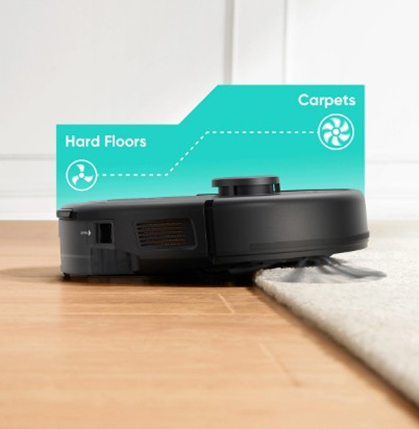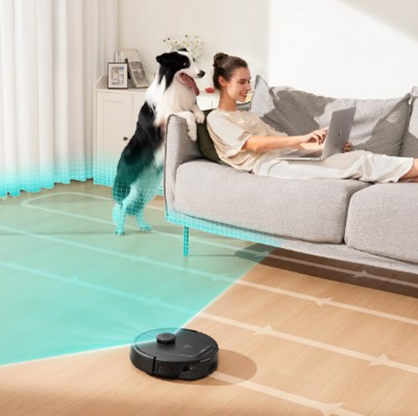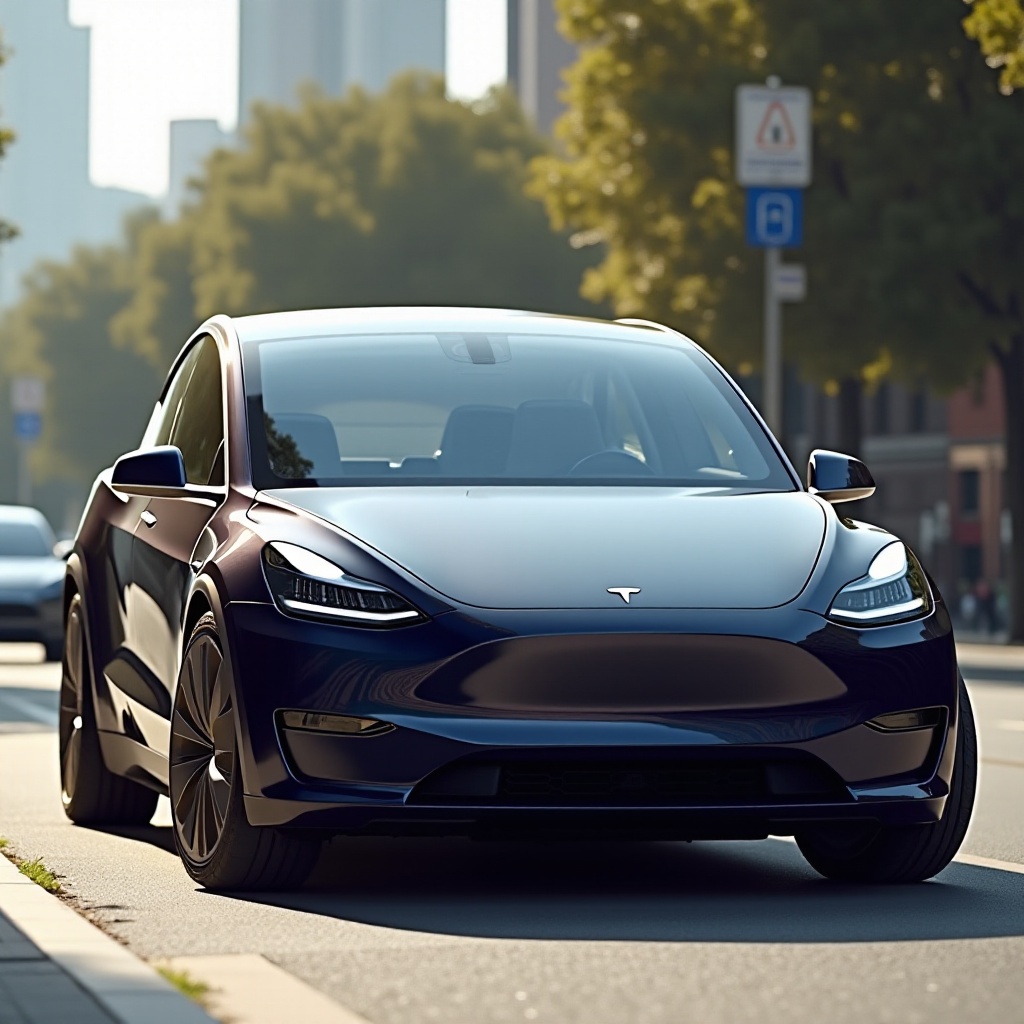Households that want to automate cleaning are increasingly employing robot vacuum cleaners. The real question is: can they manage ordinary messes? To prevent dust, crumbs, pet hair, and allergens, homes should be cleaned on a regular basis. Many customers ask if a robot vacuum cleaner loses performance. This article describes how these machines are clean and what features make them appropriate for modern homes. When selecting one for your area, you’ll want to know how efficient it is.

How Well Do Robot Vacuums Perform on Daily Cleaning Tasks?
Handling Dust, Debris, and Crumbs
Robot vacuum cleaners are intended to handle little daily messes, and they excel at collecting up small dust, loose debris, and food crumbs. Their low-profile design enables them to reach underneath furniture and into corners. Most versions have rotating side brushes to draw trash into their suction path. While not as strong as upright vacuums, they provide reliable maintenance cleaning. Households with frequent foot activity dropped crumbs, or dust accumulation benefit the most. Daily scheduling keeps buildup at bay, making robot vacuums a dependable tool for surface cleansing when utilized consistently under the proper settings.
Performance on Carpet vs. Hard Floors
On hard surfaces, robot vacuum cleaners often operate admirably, gathering dirt and dust without spreading particles. Their rubberized wheels and small design let them slide easily on tile, laminate, and hardwood floors. However, carpet performance varies depending on the model. While many can handle low- to medium-pile carpets, heavy or shaggy rugs might impair suction efficiency and cause sluggish movement. Some premium versions automatically alter suction levels to match floor types. For mixed flooring, robot vacuums with carpet boost modes and improved brush rolls produce more balanced output. They are still most efficient for cleaning smooth surfaces on a daily basis.
Effectiveness with Pet Hair and Allergens
Pet owners frequently worry about hair and allergies accumulating on floors. A robot vacuum cleaner with powerful suction and a high-efficiency filter may greatly minimize both. Many modern versions include tangle-free brush rollers and HEPA-style filters to trap pet dander, dust mites, and pollen. While they may not be as effective as deep-cleaning vacuums, everyday use prevents fur accumulation and allergy dissemination. Maintaining performance requires regular garbage emptying and filter cleaning. Overall, robot vacuums provide a simple approach to controlling hair and allergies in between deeper weekly cleaning sessions.

What Features Help Robot Vacuums Meet Everyday Cleaning Needs?
Smart Mapping and Navigation Systems
Navigation is critical for robot vacuums to clean fully and effectively. Smart mapping technology allows them to scan and understand your home’s layout, resulting in precise digital maps for methodical cleaning pathways. Instead of haphazardly bouncing about, they take logical paths to cover more land in less time. Advanced versions employ LiDAR or camera-based navigation to identify and avoid obstructions. These solutions decrease missed spots and allow robots to return to charging ports without becoming trapped. For houses with several rooms or complicated layouts, sophisticated mapping provides more thorough cleaning and gives consumers greater control through app-based virtual limits.
Suction Power and Brush Design
Suction power directly affects how well a robot vacuum cleaner lifts debris from different floor types. Entry-level models are effective for small messes, while advanced models provide stronger suction for deeper particles and pet hair. Brush design is just as crucial. Dual multi-surface brushes or rubber rollers are more effective than standard bristle brushes, particularly in carpeted areas. Some vacuum cleaners use revolving side brushes and center rollers to sweep and push debris into the suction stream. Together, these qualities enable greater contact with the floor surface, resulting in a more complete clean and fewer manual touch-ups.
Scheduling, Automation, and App Controls
Automation is a significant advantage of robot vacuums. Cleaning times may be established for daily, bimonthly, or room-specific sessions using the scheduling capabilities. Most models now have smartphone applications for real-time management, status updates, and cleaning history. Some even provide voice control through smart assistants. With a single swipe, app-connected vacuums may be halted, redirected, or returned to their base. Homeowners can also designate “no-go” areas and personalized cleaning zones. These smart features reduce the need to recall regular vacuuming activities and provide a completely hands-free experience, making robot vacuum cleaners useful tools for basic house maintenance.
Conclusion
Robot vacuum cleaners may undoubtedly help with daily cleaning if chosen intelligently and utilized regularly. While they do not replace deep cleaning, their regular use helps to prevent obvious messes, allergies, and pet hair accumulation. Modern features such as smart navigation, strong suction, and app controls improve performance and personalization. They are especially useful in busy families or for individuals who want convenience without sacrificing hygiene. Ultimately, the correct model can perform the majority of mundane duties, freeing up homeowners’ time for other priorities. Before purchasing, evaluate your floor kinds, pets, and layout to choose a robot vacuum cleaner that meets your specific requirements.
Visited 1 times, 1 visit(s) today


